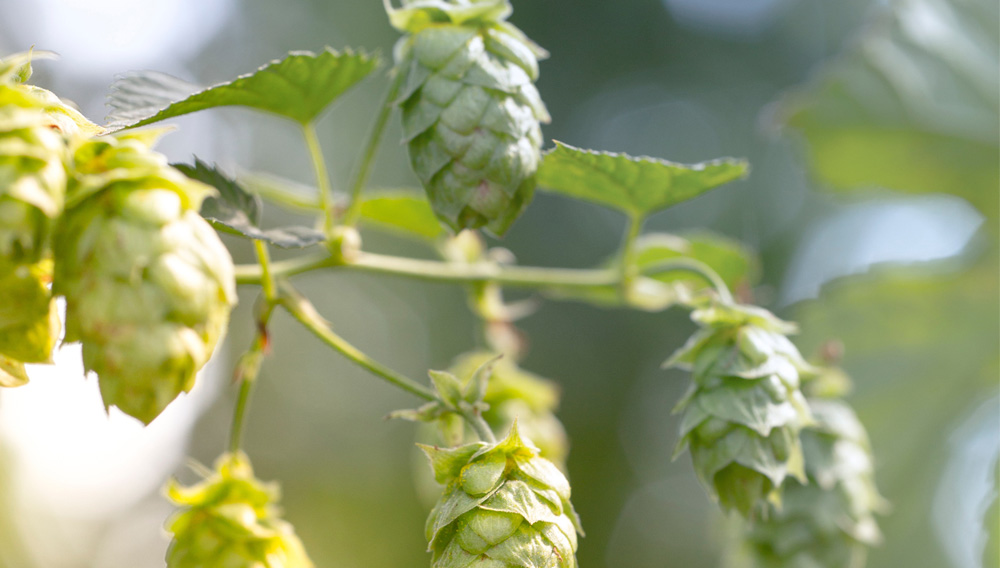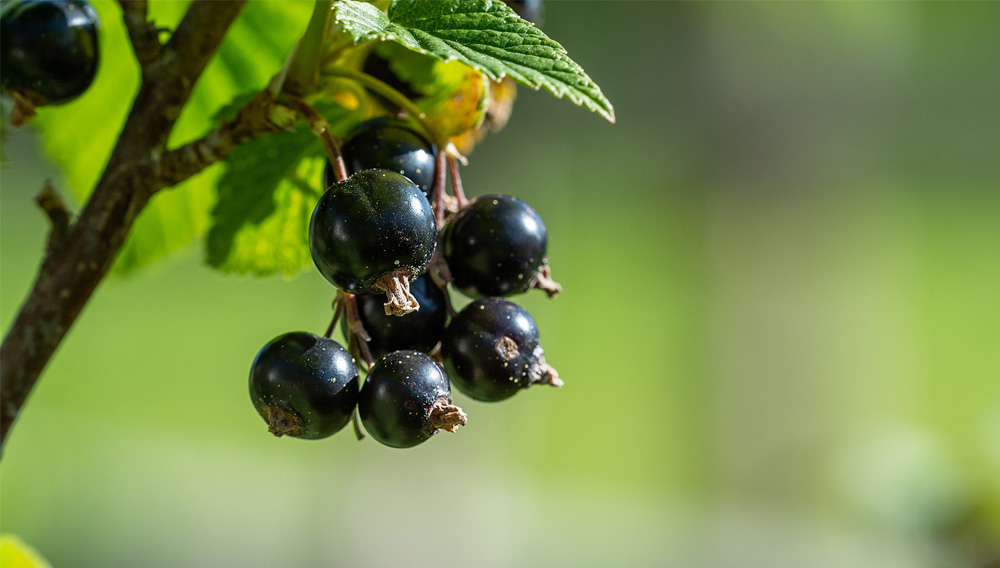
Transfer of aroma substances | In search of a characteristic hop aroma in dry hopped beers, the potential of the hop variety Eureka! was investigated in more detail in brewing tests. This investigation focused on time-dependent transfer of selected hop components.

Immobilisation of yeast | Based on a new reactor concept, a continuous and immobilised fermentation process is being developed that meets the needs of modern breweries and maintains the advantages of continuous primary fermentation. State-of-the art crossflow filtration technology is used.
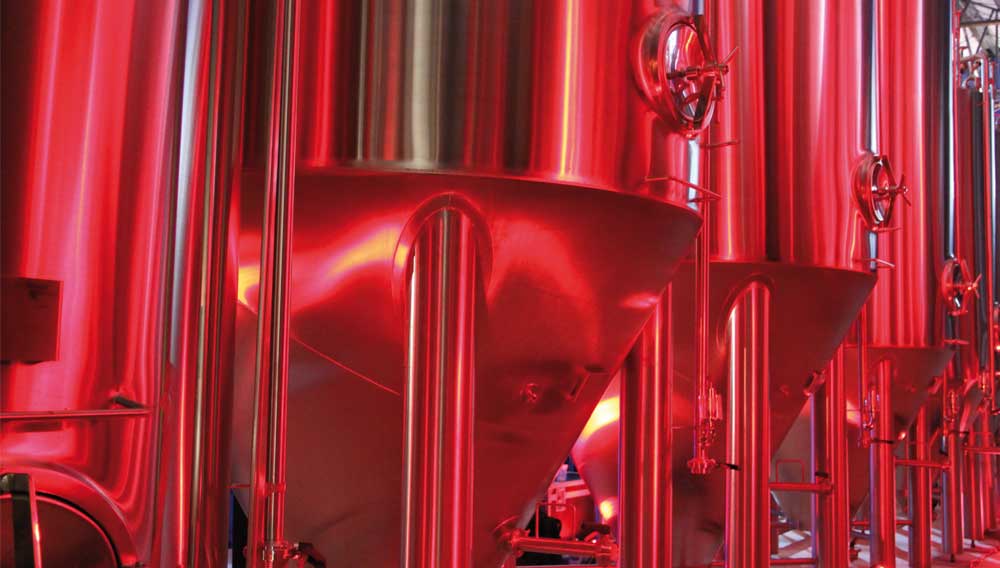
Overview | This article is an abridged version of the scientific paper “Fermentation and Spoilage Yeasts and their Relevance for the Beverage Industry – A Review” which appeared in BrewingScience in 2012 [13]. At the time, the article provided a summary of the latest findings on the subject of harmful spoilage yeasts and wild yeasts and still serves as a reference in the event that problems are encountered with these microorganisms.

Stress during brewing? | During the brewing process, yeast cells are subjected to a multiplicity of stress factors simultaneously (fig. 1). These stressors influence the physiological condition – defined as yeast vitality – of living cells and, thus, also have an impact on their morphology.
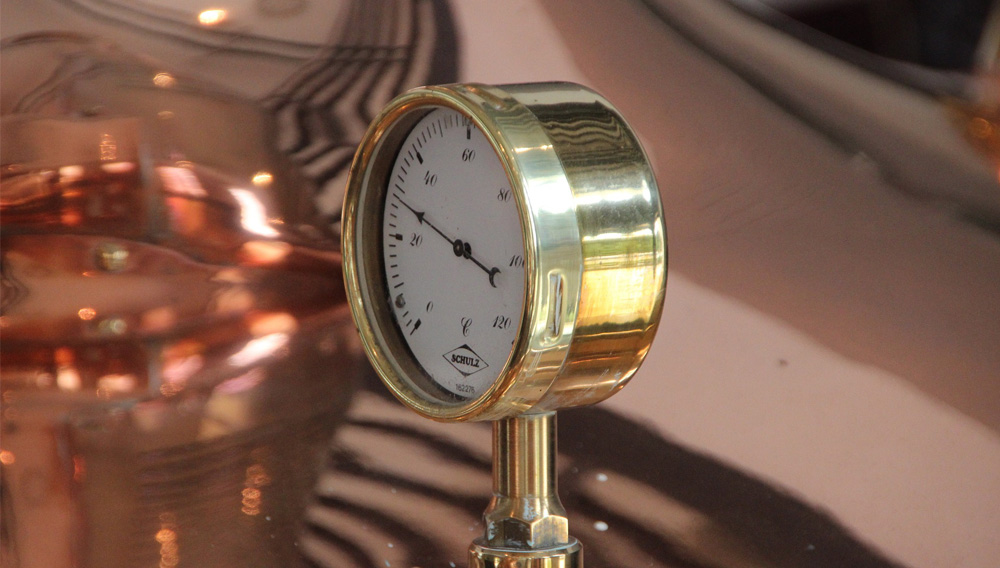
Single rest | Interest in reduced-alcohol and alcohol-free beers is growing. Can they also be produced by craft brewers? The authors describe a simple, isothermal mashing process in which temperature is maintained constant at 72 °C for 120 minutes. Using different malt mixes, original gravities will range from 10.6 to 12.1 °P. The alcohol content of the finished beer is between 1.9 and 3.5 per cent ABV and, when adding Saccharomycodes ludwigii, about 1 per cent ABV.

Brief overview | “Yeast is only human after all” – that’s how it should be treated by brewers. In the context of a thesis at the University of Applied Sciences Weihenstephan-Triesdorf in Weihenstephan, it was found that yeast management in breweries is not always given adequate attention though yeast quality has such a significant influence on beer quality. This contribution provides a brief overview of the most important aspects of yeast management.

Quality assurance | Dry hopping has become an essential technique in beer brewing, designed to create the aroma of a beer and to produce pronounced, typical beer styles. This excerpt from an extensive research project provides some insight into the chemical-physical changes associated with dry hopping.
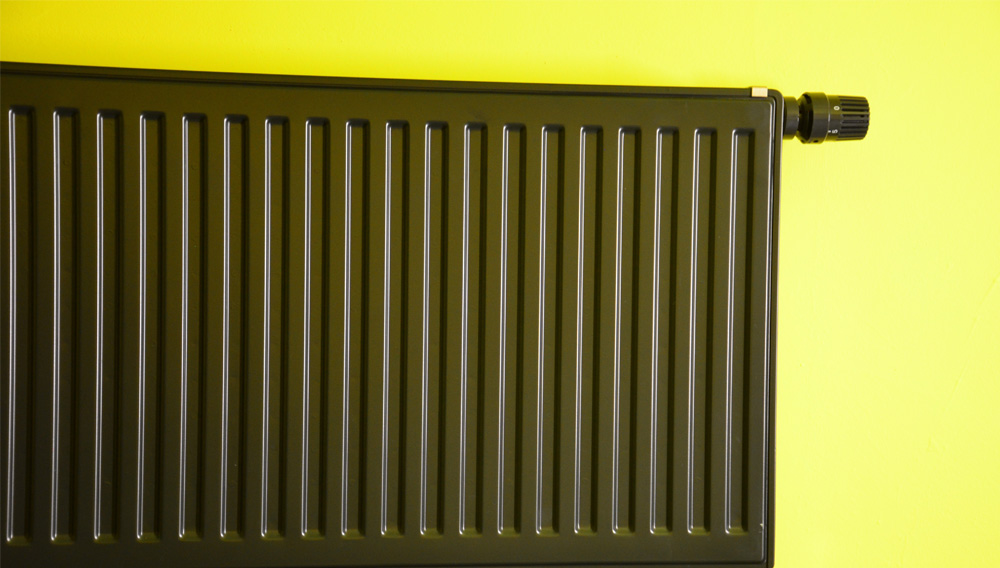
Exhaust heat project | An innovative concept that uses fermentation and refrigeration compressor energy via heat pumps has been introduced in the Puntigam district of Graz in Austria. The modern heating system for a new residential estate of 800 flats is the result of a cooperation between Brauerei Puntigam, Kelag Energie & Wärme GmbH and C&P Immobilien AG.

A renaissance | Old-fashioned, outdated, yesterday’s news? Not in the least. For anyone involved with beer, “open fermentation” is unescapable. It is the original method of beer production. For quite some time now, open fermentation has been supplanted by other methods in breweries for practical and economic reasons, and yet it has never been forgotten.

Energy savings | From today’s perspective, some of the individual stages in the beer production process are extremely energy intensive. Lots of breweries thus aim to save energy by integrating innovative technologies and concepts without having to suffer any loss of quality. Pulsed electric field technology provides a number of different approaches here.

Opening up a new world | Renaissance BioScience Corp., a leading global bioengineering company based in Vancouver, Canada, has developed an innovative approach to creating novel non-GMO lager yeast strains that are immediately suitable for lager beer production, and which will help broaden the diversity of commercial lager beer strains for both major global beer producers and smaller craft breweries.

